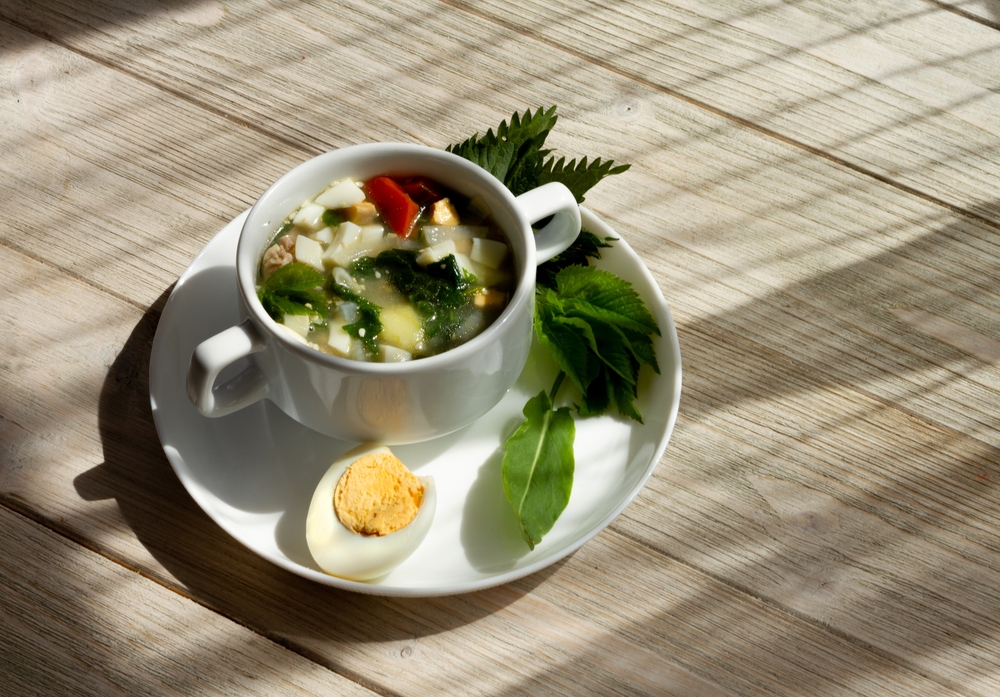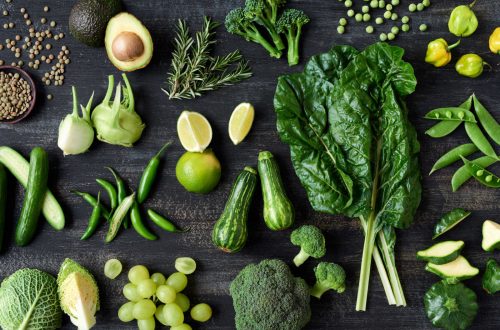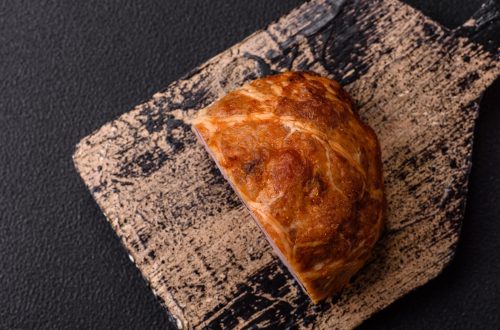
Pulling Up Free Veggies
When I was growing up on the farm, weeds were the enemy. A noxious-weed commissioner would regularly patrol the area, perusing fields to make sure that none of those offending weeds were going to seed and multiplying. Offending farmers were fined. For my family’s farm to stay compliant, one of my jobs was to patrol the fencerows and pastures with a spade or hand-sprayer to eliminate the menace. With the spade, I was charged with digging out burdock, thistles, milkweed, and other miscreants by the roots. Even our lawn was a problem because it was infested with a broadleaf plantain that could not be cut down by our old reel lawnmower, so the plants multiplied.
Nowadays, I’m learning that people are foraging and eating many of these same plants that had been consigned to ignominy in the past. I should not be surprised. After all, Diet for a Small Planet by Frances Lappe in 1971 was a best-seller. But for most Americans of that generation and era, it was the ubiquitous Euell Gibbons, author of Stalking the Wild Asparagus (1962), who personified foraging in the 60s and 70s. As the face of Post Grape-Nuts commercials, he always said the cereal reminded him of hickory nuts. And those ads that began with “Ever eat a pine tree?” made his folksy face an icon, and he became a frequent guest on Johnny Carson’s The Tonight Show and other TV shows, as well as the butt of jokes. On the Carol Burnett show, a white-wigged John Byner quipped, “Ever lick a river? Ever suck a sunflower? Ever try eating a pebble?”
Despite the ribbing, Gibbons, the author of 10 books on the subject, was a scholar of the wild who knew his weeds, and whose favorites were lamb’s quarters, rose hips, dandelion shoots, stinging nettles, cattails, purslane, and amaranth. Having learned foraging from his mother as a young boy, he saved his family in New Mexico from hunger when, as a young teen, he foraged for wild food for a month to feed his mother and siblings while his father left to find work during a drought. They survived on puffball mushrooms, lamb’s quarters, and wild garlic, and Gibbons learned to fish out wild rabbits from burrows with barbed wire. The New Yorker writer and Princeton professor John McPhee wrote a biographical piece about Gibbons after spending six days with him in the wilds of Pennsylvania. Gibbons, McPhee wrote, “…knew the world in a way no one else in his time has even marginally approached.”
And now, I read in the Eater blog that three new cookbooks on weeds have been published just in time for spring foraging season. Rooted Kitchen by Ashley Rodriguez, Into the Weeds by Tama Matsuoka Wong, and Forage and Feast by Chrissey Tracey serve up ideas for the use of these free and accessible wild plants. That same Eater article notes that foraging is not just for fine-dining chefs but is now the subject of social media tutorials and weekend workshops for the masses.
With all these ideas about the free food that awaits us out in the wild, why wait for ramps or an unusual mushroom variety to show up at your local farmers’ market? You can take advantage of these sources to educate yourself, then find out what you like. Maybe some goosefoot salad dressing, honeysuckle tea, knotweed toaster tarts, or black trumpet caramel could be in your future. Or a chicken and wild plant soup featuring sorrel, nettles and ground elder (pictured above). Just make sure you know what you’re about to eat. And blanch those nettles before you serve them. Collect your dandelion leaves before they produce flower stalks. If you’re making a “yard salad,” don’t forget to add some marigold flowers and garlic mustard leaves (twice the beta carotene of spinach).
The next thing you know, you’ll be making whipped wild mallow. How about some ceps (wild porcini mushrooms) with paprika? If you get your hands on a pound of them, just cook a small onion and garlic in some butter, stir in a chopped tomato, then some paprika and the cleaned and sliced mushrooms. Cover and cook for three minutes, remove from the heat, stir in a glob of sour cream, bring it to boil and stir till thickened. Finally, season with some lemon juice and serve. In addition, here are additional recipes for everything from wild spring green pizza to dandelion-pumpkin seed pesto to lamb’s quarters and wild mushroom quiche.
So the question of the day is: have you or do you plan to try to forage and try out some of these new ideas? Please share your experiences.
From your email, please click on the headline to view the blog on the website. You can log in and comment at the end of the blog to share your thoughts and start a discussion, or suggest a topic for Farmboy in the Kitchen.
If you’d like to share the blog, click on the Facebook icon or one of the others. Thanks!




